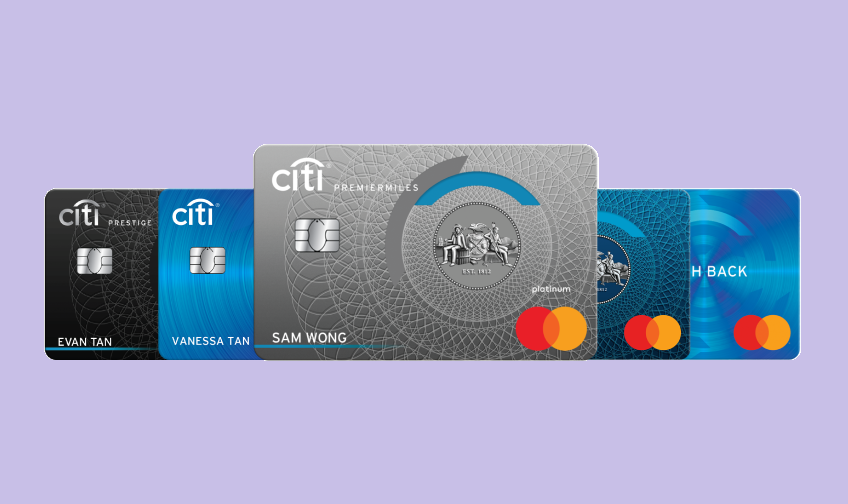The Impact of Credit Card Interest Rates on Consumer Financial Health

The Impact of Credit Card Interest Rates on Consumer Finances
In today’s fast-paced economy, credit cards have become a staple for many American households. Offering convenience during emergencies or when making large purchases, they play a significant role in consumer spending habits. However, the associated interest rates can dramatically influence an individual’s financial landscape. It is essential to grasp how these rates operate and the effects they can have on personal finance choices to navigate potential pitfalls effectively.
- Average Credit Card Interest Rates: Current research indicates that the average interest rate on credit cards in the U.S. falls between 16-24%, depending largely on the creditworthiness of the applicant. Those with excellent credit may secure rates on the lower end, while individuals with poorer credit histories often find themselves facing much steeper costs.
- Effect on Balances: When consumers carry a balance on their credit cards, higher interest rates can exponentially increase the total amount owed if the balance is not paid in full. For example, a $1,000 balance at a 20% interest rate would mean paying an additional $200 each year just in interest, potentially worsening the overall debt situation.
- Minimum Payments: Many consumers mistakenly believe that making the minimum payment on their credit card is sufficient. This common approach prolongs the repayment period, often leading to a scenario where an individual may be paying off debt for years, or even decades, and accruing significant interest. For instance, consistently paying only the minimum on a high-balance credit card can result in thousands more paid over time due to compound interest.
The repercussions of high credit card interest rates extend beyond monthly payments. They can dictate a consumer’s overall financial well-being and future borrowing capabilities. Falling behind on payments not only incurs additional fees but can also damage one’s credit score. A lower credit score can lead to higher interest rates on future loans, such as mortgages or auto loans, thus perpetuating the cycle of financial strain.
As we further explore this subject, it is crucial to recognize the broader implications of credit card debt. The relationship between interest rates and consumer spending behavior can illuminate patterns that impact economic stability. When consumers manage their credit responsibly, they contribute positively to the economy; however, excessive reliance on high-interest debt can lead to economic downturns as spending power diminishes. Are consumers making informed decisions about their credit usage, or are they falling prey to the allure of easy credit? Investigating these dynamics can empower individuals to take control of their financial futures and advocate for better lending practices.
In light of this, educating oneself about credit management, compared with seeking professional advice, can make a significant difference in overcoming the challenges that accompany high credit card interest rates. Tools like budgeting apps, financial literacy workshops, and credit counseling services offer avenues for consumers to equip themselves with knowledge and improve their financial health.
DIVE DEEPER: Click here for insightful investment strategies
Understanding the Mechanics of Credit Card Interest Rates
To grasp the impact of credit card interest rates on financial health, it is crucial to understand how these rates are determined and applied. Credit card interest rates are typically expressed as an Annual Percentage Rate (APR), which represents the yearly cost of borrowing. However, this number can be misleading. Many credit card issuers employ a practice known as compound interest, meaning that interest accrues on both the initial balance and any previously accrued interest. This has significant ramifications for consumers, particularly when interest rates are high.
Credit cards often come with various types of interest rates, including variable rates that can change based on market conditions, and fixed rates that remain constant. However, even fixed rates can vary if a consumer’s credit score changes or if the account is subjected to default. Understanding these nuances can empower consumers with the knowledge needed to navigate their financial choices wisely.
The Hidden Costs of High-Interest Debt
When consumers accumulate debt on credit cards, they may initially overlook the long-term consequences of high-interest rates. The implications can manifest in several ways:
- Escalating Debt Levels: As mentioned earlier, carrying a balance on credit cards can lead to rapidly increasing debt levels. For consumers with revolving credit lines, a single misstep in repayment can spiral into a cycle of escalating balances due to compounding interest.
- Impact on Monthly Budgets: High-interest rates can significantly affect a consumer’s monthly budget. With a larger portion of each payment going towards interest rather than principal, consumers may find themselves perpetually stuck in debt, struggling to allocate funds for necessities.
- Opportunity Cost: Money spent on high-interest payments often means less money available for savings or investments. This lost opportunity can hamper long-term financial growth and stability, preventing individuals from building wealth or preparing for unforeseen expenses.
Additionally, many consumers fall victim to the misconception that transferring their balances to a card with a lower introductory rate can be a panacea for their financial woes. While this may offer immediate relief, hidden fees and potential rate hikes once the promotional period ends can create further financial strain, ultimately exacerbating existing issues.
Moreover, the psychological effects of managing high credit card debt should not be underestimated. Anxiety over outstanding balances can result in poor financial decisions, further entrenching individuals in a cycle of borrowing and spending. Understanding these factors helps elucidate why many consumers find it challenging to emerge from the clutches of credit card debt.
As we delve deeper into the factors shaping consumer attitudes towards credit and debt, it becomes evident that knowledge and awareness are empowering tools in fostering better financial health. By actively seeking information and resources, consumers can foster a more stable financial future, mitigating the adverse effects of high credit card interest rates.
LEARN MORE: Click here for easy steps to secure your Oportun loan
The Burden of Minimum Payments
One of the most insidious features of credit card agreements is the minimum payment requirement. While these low monthly payments can initially appear manageable, they can lead consumers into a deceptive financial trap. The minimum payment is often set at a mere fraction of the total balance, frequently around 2% to 5%. This means that the majority of a consumer’s monthly payment may be allocated towards interest rather than reducing the principal balance. Over time, this can create a situation where consumers feel a false sense of security, believing they are making progress when in reality, they are treading water.
According to data from the Consumer Financial Protection Bureau (CFPB), such payment structures can prolong the time it takes to pay off debts substantially. For example, if a consumer has a balance of $5,000 on a card with a 20% APR and only makes minimum payments, it could take over 15 years to pay off the debt completely—resulting in paying nearly $4,000 in interest alone. This shocking statistic underscores the profound impact of credit card interest rates on financial health.
The Role of Credit Scores
Another critical element that intertwines with credit card interest rates is the concept of credit scores. Credit scores, which typically range from 300 to 850, play a pivotal role in determining the interest rates that consumers are offered. Those with high credit scores—indicative of responsible borrowing and timely payments—generally qualify for lower rates. Conversely, consumers with low scores may find themselves facing skyrocketing interest rates and fewer available options.
This creates a vicious cycle; high interest rates can impede a consumer’s ability to improve their credit score, leading to higher debt loads and persistent financial instability. Studies show that consumers with lower credit scores tend to utilize credit cards more frequently, often leading to a greater accumulation of debt. In this manner, credit scores and interest rates become a tangled web impacting consumers’ financial trajectories and long-term economic health.
The Impact on Financial Planning
High credit card interest rates can significantly hinder effective financial planning. Budgeting becomes increasingly problematic when a large portion of a consumer’s income is dedicated to servicing credit card debt. This can lead to inadequate savings for emergencies or future investments. The Federal Reserve reports that nearly 40% of Americans do not have enough savings to cover a $400 emergency, and high-interest credit card payments contribute to this financial vulnerability.
Moreover, this financial stress often leads individuals to consider taking further loans, sometimes resorting to payday loans or borrowing from family and friends, which can create additional complications. As a result, consumers may find themselves in a perpetual cycle of debt, undermining their ability to make long-term financial decisions or pursue major life goals, such as buying a home or funding education.
In this complex landscape of credit card debt, understanding the dynamics of interest rates and their implications on overall financial health empowers consumers to make informed decisions. It’s essential for individuals to actively manage their credit card usage and consider holistic strategies for debt reduction to ensure a more secure financial future.
LEARN MORE: Click here for tips on applying
Conclusion
The influence of credit card interest rates on consumer financial health is profound and multifaceted, touching nearly every aspect of personal finance. High interest rates not only inflate the overall cost of borrowing but also create detrimental patterns of minimum payments that can trap consumers in long-term debt cycles. As they struggle to manage monthly payments, these individuals often find themselves in a precarious financial situation, where basic budgeting becomes increasingly challenging. With nearly 40% of Americans lacking sufficient savings to handle a $400 emergency, the stakes are alarmingly high.
Furthermore, the link between credit scores and interest rates presents a particularly worrying cycle of disadvantage. Lower credit scores lead to higher rates, which subsequently hinder the ability to improve those scores over time. This interconnectedness can perpetuate a cycle of financial instability for many consumers, making it crucial to be proactive in managing credit card usage.
To combat these challenges, financial education plays a critical role. Consumers must recognize the importance of understanding APR, restructuring debt, and exercising diligent budgeting to mitigate the impact of high interest rates. Additionally, exploring lower-interest options or payment strategies such as the avalanche method can empower individuals to regain control over their financial futures.
In a landscape where financial security is increasingly elusive, navigating credit wisely can make a significant difference. Ultimately, awareness and informed decision-making are key to breaking free from the constraints of high credit card interest rates and achieving lasting financial health.


